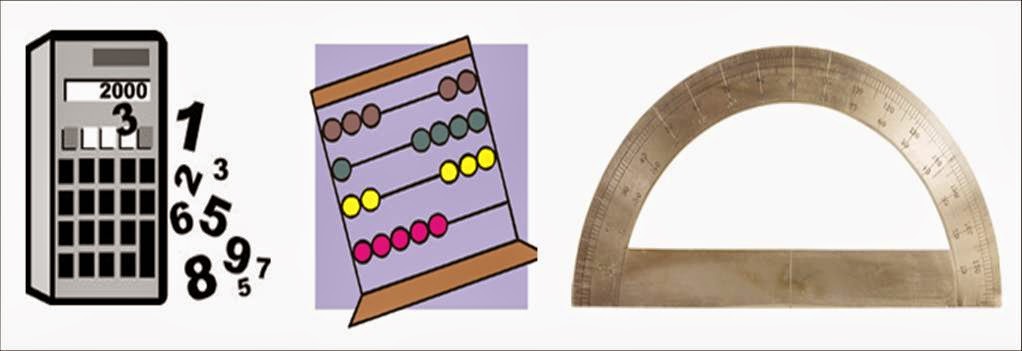This is happening today
Two days ago, while I was driving to go to a meeting, my car decided by
itself to slow down! I did not ask for anything but apparently, my car “though”
I was driving to fast!
On cruise control position, I don’t have to worry about my speed ! Not
having any manoeuvre to do behind my wheel, I fall asleep but before my eyes
close, the car would stop by itself on the roadside. And if I take a drink to
wake up and go back driving, the car would start only after sniffing at my
breath!
But, even if I am totally engaged and convinced for better living with
Big Data, I feel somewhere uncomfortable.
Starting with dinosaur’s
computers
Let us come back at the beginning of the movie, around year 1965 when I
was a kid.
Driving a car was quite simple: speed, breaks, gear, turn to the left,
turn to the right…All this on mechanical commands and the driver deciding what
action to do. Great ! Simple, straithforward. As a driver, from where did I get
the information ? From the green light, from the policeman at the crossroad or
from the signpost on the roadside.
Usage, responsibility and rules were clearly definned. No confusion
Shift of new responsibilities
Then, if we fly to year 2000, we found cars integrated with hundred of
embedded systems taking control of isolated functions such as combustion,
breaking, temperature…
For example, if I decided to break, my automatic systems would modulate
my command for better effect. Ok, I can understand that an intelligent breaking
systems, full of vitamins such as embedded systems and rocket scientist
programmes could be smarter than my bear foots in sandals (or espadrilles,
depends of the date) on a wet road.
But, responsibility between the driver and the car maker started to be
confused. Still, the confusion was little because the embedded systems are
closed systems having full control of the environment and the input/output data.
Now, who’s responsibility ?
Now, with Big Data, it is an open world, no more control on input/output
of data. At year 2014, the car without driver is there, in front of you ! But,
to my understanding, Big Data is more than that : to profit from the flow of
data, if it is in an open exchange between the different sources of data.
Open world, losing control… frightening to loose control, don’t you
think so?
Security for IT systems embedded in your car seems to be weak I can read
in the morning newspaper. Virus on my breaking systems !! Gee ! Never think of
it !
So Big Data is opening my car to let others drive it instead of me !
This is not a comfortable situation, you will agree with me!
As a user, my concern about Big Data is not to be afraid of loosing
control of my vehicle (driving it, maintaining it, replacing it…). My concern
is what service I what should I pay for it !! Is Big Data serving my needs or
serving others interests…
Shall I give the
responsibility (and the pleasure) to a Machine Learning ?
Big Data in coming with a lot of data. From my understanding,
traditional computing techniques are not able to deal with Big Data and this
open the doors to Machine Learning
And the question is : would you
let a Machine Learning algorithm take control of your driving?
Stanley Kubrick brouth the question in “2001 Space Odyssey” with HAL computer.
And the answer was: pull off the plug. But today, it is impossible to pull off
all the plugs of Internet, the back bone of Big Data. We are surrounded by an
ever running Machine Learning. For who’s benefits this Machine Learning is
working for (hard working, truly !) ?
Should I leave my driving skills to a Machine Learning ? Should I leave
my pleasure of driving to a Machine Learning ?
So if you want to continue driving by yourself and enjoying by yourself
doing things (like at the time of the roman empire) I only see one solution :
get control of the Machine Learning.
But how to get control of a Machine Learning ? Let’s wait for the next
post. I shall have a cup of tea in between
Cheers
Robert











